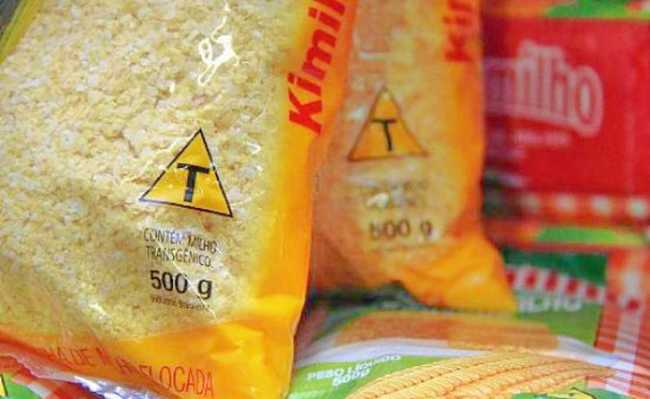Geothermal plant will have a capacity of 560 MW in Kenya
Geothermal plant will generate energy in a renewable way, taking advantage of heat from the volcanic region

Image: Lydur Skulason
The geothermal project Olkaria (Kenya volcanic region) is expected to be completed in 2014 and generating 280 MW of electricity for the country. The nearly billion-dollar project is owned by Kenya Electricity Generating Company (KenGen), but 280 MW is not the facility's full potential. The Olkaria complex has a geothermal potential of 560 MW, according to recent research.
A geothermal plant uses thermal energy, that is, the earth's internal heat to transform it into electrical energy. It is a type of renewable energy that is increasingly common in places close to volcanoes.
Kenya currently produces 13% of its energy through geothermal power plant technology, which equates to around 150 MW. Therefore, the addition of 280 MW will have a strong impact. Hydroelectric power plants are one of the main sources of electricity in Kenya, (about 60%), but during droughts, power generation decreases significantly, with frequent power outages and major losses to the economy. KenGen, Kenya's power generation company, plans to have about half of its energy generated by geothermal technology by 2018. As part of the Menengai Development Project, three new plants are being built 200 km from the capital Nairobi. They should be completed by 2030 and will have the capacity to generate 1600 MW of energy. Kenya's geothermal potential has been estimated at 7000 MW. Achieving the generation of 5000 MW in geothermal form is the goal until 2030.
Any country that can develop renewable energy sources in a stable and independent way creates a good possibility for the national economy to grow in a constructive way. About 60% of Kenya's economy is tourism-driven, so developing sustainable energy sources is an excellent way to help protect the natural resources that so attract visitors each year. There were almost 1.1 million in 2010.
Kenya's population is 41 million, with a growth rate of approximately 2.7%. Per capita income tripled between 1975 and 2006, GDP is the highest in East Africa and agriculture and tourism are well developed. What is needed to definitely put the country on the path of development is to invest in the production of sustainable energy to boost economic growth, according to Ezequiel Esipisu, regional manager of the NGO Habitat for Humanity.










